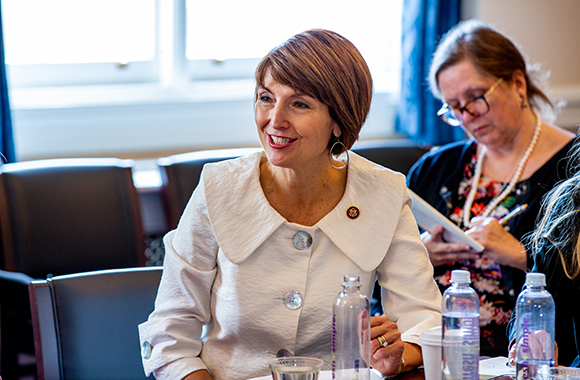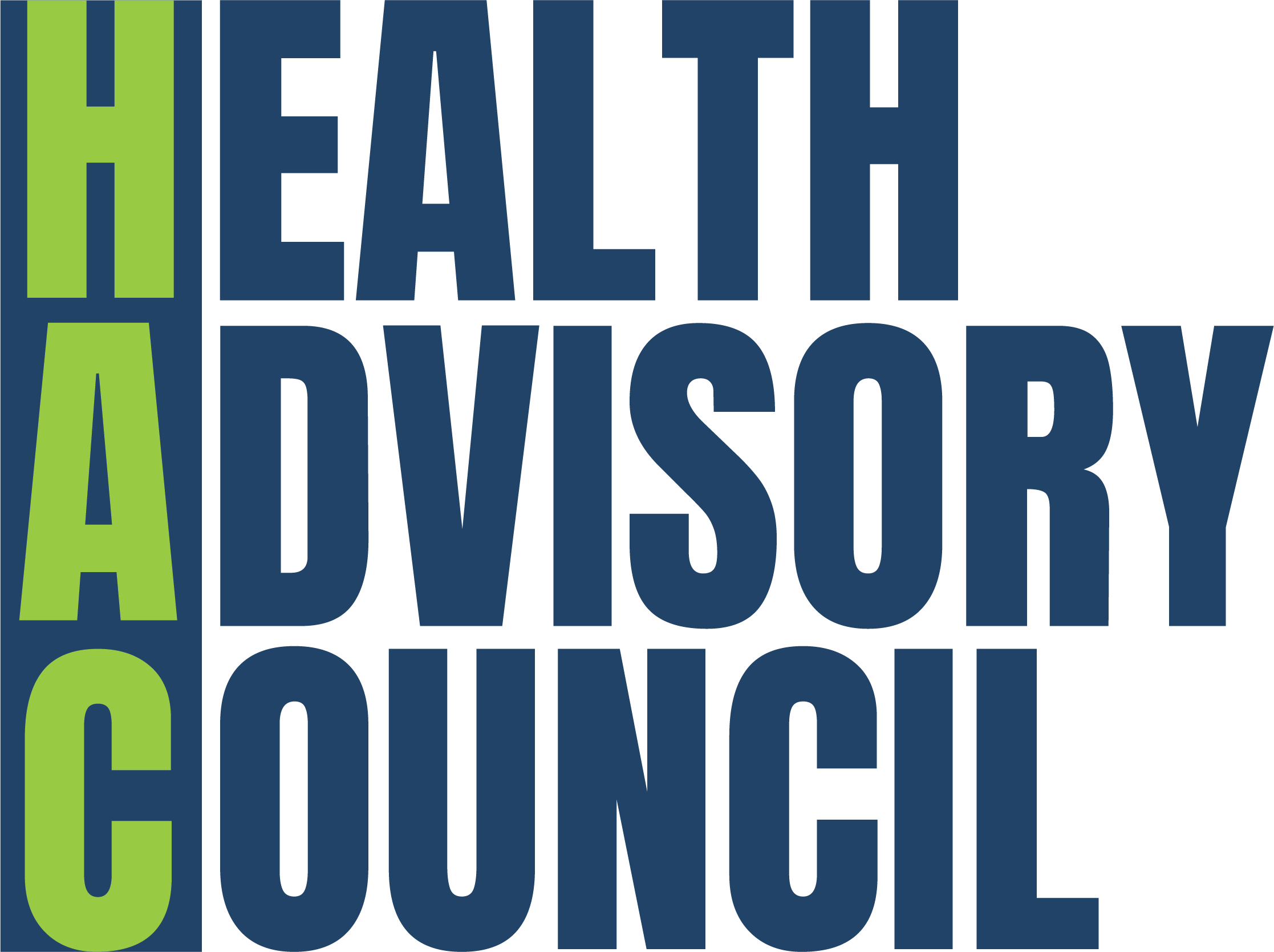A Call Not to Make Americans Hungry Again
By Nancy Glick, Director of Food and Nutrition Policy
1968 was a pivotal year in U.S. history, and not only for the anti-war protests and the assassinations of Martin Luther King Jr. and Robert F. Kennedy. That same year, CBS News aired “Hunger in America,” a Peabody-winning documentary that opened the eyes of Americans to the fact that over 10 million people – nearly 20 percent of the public – were suffering from hunger and malnutrition in a land of plenty.
Later that year, a group of 25 religious, labor, legal, medical, and other professionals, including the Citizens’ Board of Inquiry into Hunger and Malnutrition, published a scathing report documenting widespread hunger and malnutrition across the country. Called “Hunger U.S.A.,” the report identified 282 “hunger counties,” especially in areas like Appalachia, the Mississippi Delta, and Native American reservations, and described the dire conditions for people experiencing hunger, made worse by federal programs that discriminated against the poor and favored agricultural companies.
The report and the documentary shocked the nation, prompting significant public and political pressure that led President Richard Nixon to convene the first-ever White House Conference on Food, Nutrition, and Health in Washington in December 1969. Attended by 5,000 delegates representing various interest groups, the conference produced more than 1,800 recommendations to improve anti-hunger programs. The conference was also the stimulus for Congress to pass landmark legislation – such as the 1974 Food Stamp Act, the 1975 School Breakfast Program and Summer Food Program, and authorization of the Supplemental Feeding Program for Women, Infants, and Children (WIC) – that now make it possible for more low-income families to have a healthy diet.
Fast-forward 56 years after the White House Conference , and the nation is staring at the possibility of another wave of massive hunger in America. Despite how much has changed over the last five decades, an estimated 47.4 million Americans now experience food insecurity, including over 13 million children. The consequences for malnourished people are wide-ranging. Adults experience more severe illnesses, disability, muscle wasting, and chronic diseases, while children may face stunted growth, developmental delays, learning difficulties, and reduced cognitive function.
Given this reality, one would think that reducing hunger in America would be a priority for the White House and members of Congress. Yet, passage of the President’s One Bill Beautiful Bill Act (OBBBA) in July shows this is not the case. OBBBA cut $186 billion in funding for roughly one in eight people in the U.S. who buy groceries with help from the Supplemental Nutrition Assistance Program (SNAP), also known as the food stamp program. When the cuts take effect in 2027, the Urban Institute projects that 22.3 million families will lose some or all of their SNAP benefits. Additionally, the Congressional Budget Office (CBO) estimates that 3.2 million adults will be cut from the SNAP program in a typical month due to expiring exemptions. This includes 1 million older adults, 800,000 parents, and 1.4 million adults in areas with insufficient jobs.
But now, nearly 42 million people could lose their SNAP benefits this year – as early as November 1. This reason is an ongoing fight in Congress over how to end a federal government shutdown, where food-insecure Americans are being used as pawns. Senate Republicans insist that Democrats vote to approve a “clean” budget spending bill with no changes. In contrast, Democrats want the bill to include an extension of expiring tax credits that will make health insurance cheaper for millions of Americans and to reverse Medicaid cuts.
The haggling has been ongoing since October 1, when the government shut down, and efforts to reach a compromise have failed. Thus, the Trump Administration is using continued funding for SNAP benefits as a pressure tactic to raise the ante on Senate Democrats. This took the form of the USDA announcing on its website on October 26 that “the well has run dry,” and there will be no SNAP benefits issued on November 1.
What the USDA didn’t say is that the department has access to a nearly $6 billion contingency fund that paid for SNAP benefits during past government shutdowns. Many Congressional Democrats and Republicans had encouraged the Trump administration to use this funding to preserve food stamps through November, as the government was expected to remain closed. But the Trump administration declined, even though USDA said weeks ago that it could reprogram money to prevent benefit cuts.
People receiving SNAP benefits should not be used as a bargaining chip in a game of chicken between Republicans and Democrats. Therefore, Democratic attorneys general and governors from 25 states filed a lawsuit in federal court on October 28, arguing that the federal government had a legal obligation to maintain funding for food stamps, which Congress made permanent in the 1960s.
Soon, we will know if the federal court sides with state attorneys general and governors and compels USDA to use its contingency fund so nutritionally vulnerable Americans will continue to have enough food. If not, over 40 million children and adults can only hope that cooler heads will prevail, that Democrats and Republicans will come to the negotiating table, that the shutdown will end, and that SNAP benefits will be restored.
But no one should declare victory. This is a dark moment in our history.


















